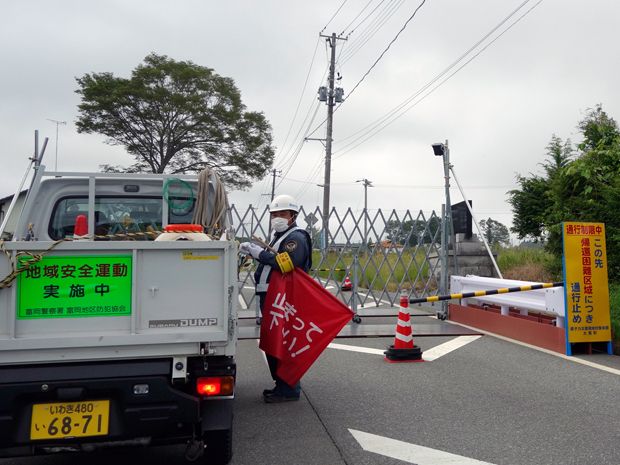Energy
Living with Fear in Fukushima
Residents of Fukushima Prefecture wonder if it’s safe to resume their lives
28 Feb 2014
Photo: Eliza Strickland
▲
▲
▲
▲
▲
▲
▲
▲
▲
▲
▲
▲
▲
▲
▲
type:slideshowradiationenvironmentnuclear wastenuclear powernuclear energyfukushima nuclear disastersafecastnuclear
Eliza Strickland is a senior editor at IEEE Spectrum, where she covers AI, biomedical engineering, and other topics. She holds a master’s degree in journalism from Columbia University.
